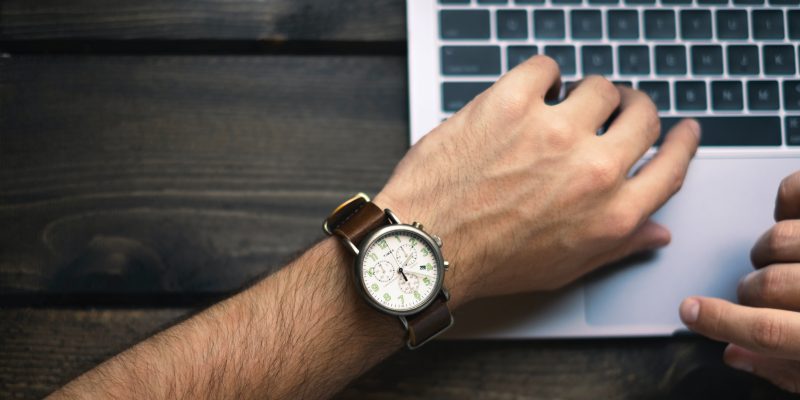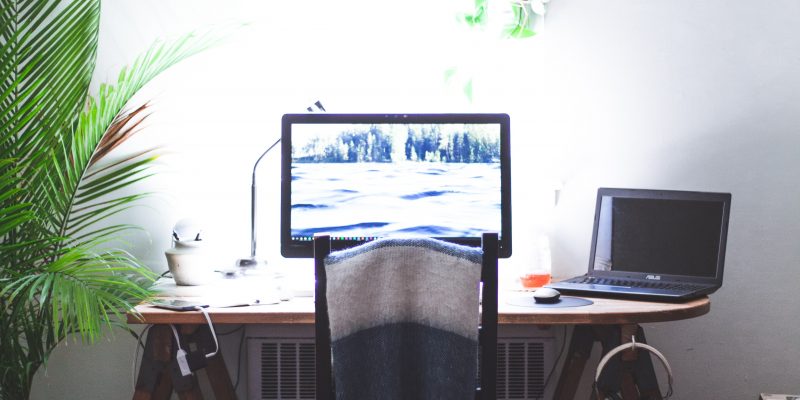The workshop “Productivity with Heart: Aligning Your Values with Your Schedule” has been one of my foundations for teaching time-management. This is the perfect starting point for entrepreneurs and busy professionals who want to create more time. I’m looking forward to sharing this event as part of Twin Cities Startup Week (TCSW).
As the world changes and priorities are shifting, some people have more time than ever. What’s lacking is presence. It can seem almost impossible to focus on work while you are trying to help your kids through virtual school. Or maybe you are working more because your home office makes it hard to create boundaries between work and home life.
After 20 years of meditation practice, I’ve seen the benefits of improved clarity to focus my time and presence to connect with myself and my loved ones. Now I’m sharing what I’ve learned and helping others bring more mindfulness to their personal and professional lives.
I’m excited about these upcoming collaborations with Luis Moreno and Sylwia Borowy:
Emotional Intelligence and Mindfulness for Personal and Professional Relationships
And the first TCSW event in Spanish:
Another event that will be a fun way to bounce back this year with some positivity, is the Collaboration Coaching Group’s 2020 Reset!
I know you will love the insights and perspectives that Susan Kavanaugh shares when we discuss mindfulness and conscious communication on 9/22.
I can’t wait to connect with each of you at these upcoming events. And, stay tuned for details on my mindfulness for productivity course launching this fall!
Photo by Brad Neathery on Unsplash




